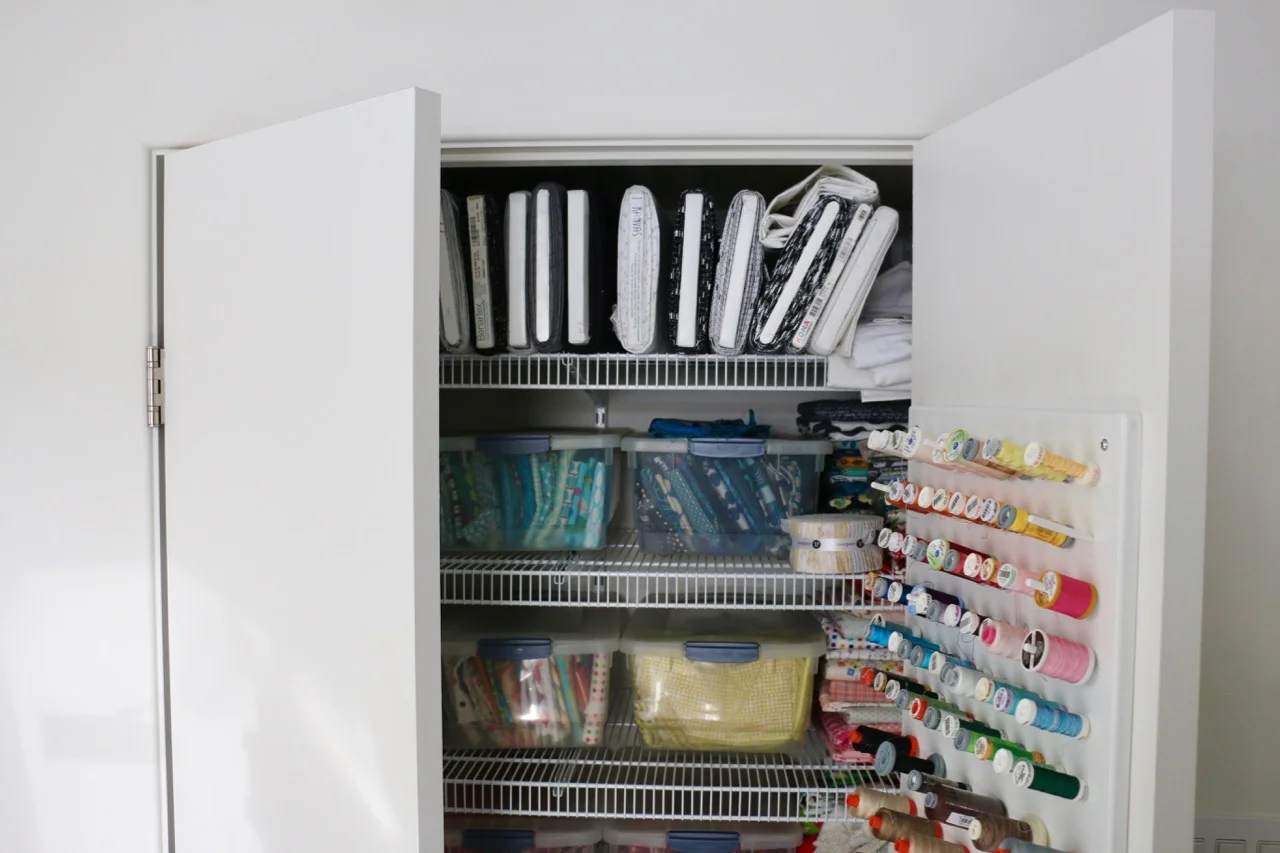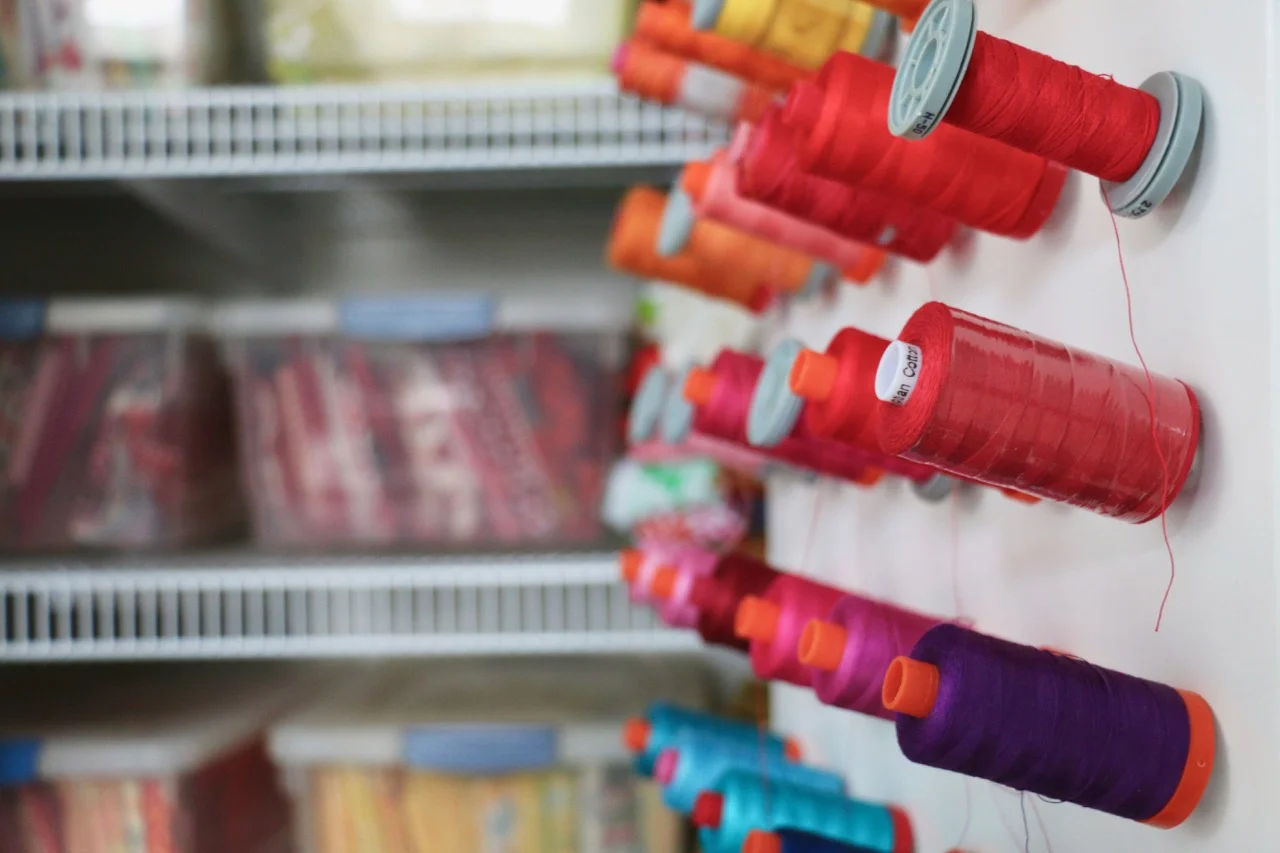Before there was such a thing as an influencer we had celebrity endorsements. When real people started to become more popular through blogs we simply called them bloggers. As a quilt blogger it was quite common to receive or at least be offered fabric. The catch being, of course, that you would make something to promote the fabric. Ideally, you would do that to coincide with either fabric purchasing for stores or the launch itself in stores.
Many times I was offered fabric. The first few times you get super excited and jump at the chance. Free fabric and exposure?! Sign me up. Then we realized that we were giving away free labour and not really getting paid by the fabric companies to use us as promotion. Not really a fair deal for the time invested. On top of that I was positively AWFUL at actually making something with all the shared fabric in a reasonable time frame. I was, frankly, a crappy promotional partner. So working with me to promote a fabric line was a bad deal for both parties.
On top of all that, I always found it very difficult to work with a single fabric collection. It felt stifling, creatively, and was always a challenge because of one common issue with fabric collections: the majority of the fabrics are the same value. This means it is hard to get contrast in your designs. As a result, many designs made with a single fabric collection, without the addition of other fabrics or neutrals, can fall flat.
So, no matter how much I’ve loved a collection, I rarely buy a single line of fabric. Instead, I pick favourites or the most interesting or simply what I need at the time.
I could not resist, however, when I saw e bond’s Ravel collection. I love everything about it! The colour, the text, the graphic nature, the graffiti... and while I've never met e, her online presence is inspiring and real. I've had it for a couple of months and just started playing with it. Not only did I buy the whole collection, I'm using it all together. Who am I?
Yes, a good chunk of the fabric falls in the same value family, but there are enough contrasts with the lights and the darks as well as the texture of the prints that things seem to be working so far. I couldn’t resist though, I did add in a few solids for fun and respite.
I have no real plan for the quilt. I’m just playing. Life has been quite heavy of late and none of my current projects were giving me the joy I needed from my quilting. I’d sat with the fabrics and obsessed over coming up with something just right. That was taking all fun out of it so I decided to just grab some fabric and cut. I defaulted to my comfort of improv curves, primarily, but other things come up here and there and I let them happen.
Normally, when I make an improv quilt that is block based, I make all the blocks and then figure out a layout. This time around I am enjoying adding and subtracting and playing with composition as I go. Not so much planning each block as an individual unit, but seeing how a few blocks might talk to each other. A conversation. As it grows I am really embracing the chaos it brings. It’s a wild thing. In a way, it reminds me of a spot under a bridge with layers of graffiti marking the lives of people who’ve been there.









